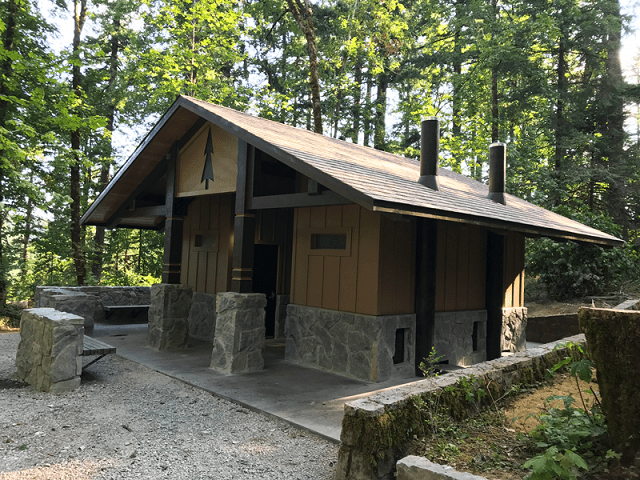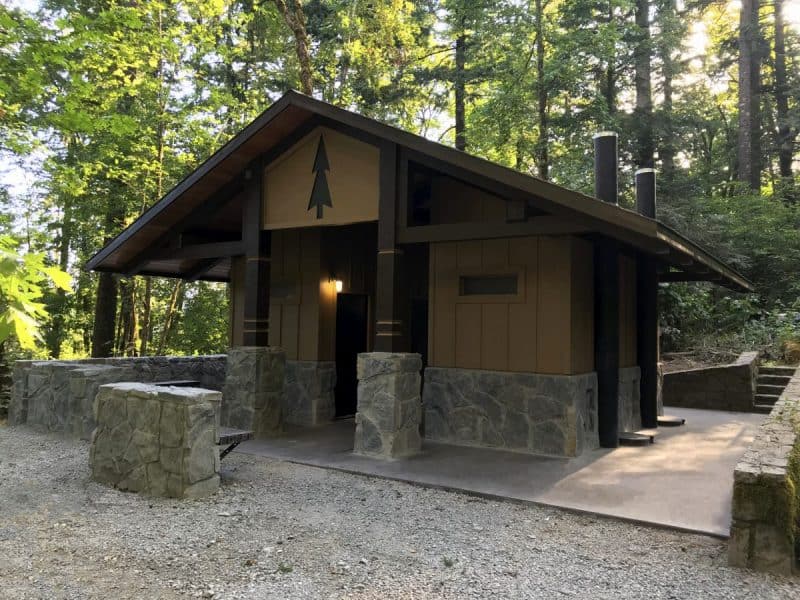
Romtec designs, supplies, and constructs buildings and structures for all types of projects, but some of the best projects are completed when projects have a special scope or goal. One recent project took place at the first campground ever established in a National Forest. This was also where the first ever plumbed restroom at a campground was installed with “Big John” being completed in the 1930s. Romtec was called to this historic site to complete a new waterless restroom building with the same 1930s style of “Big John.”
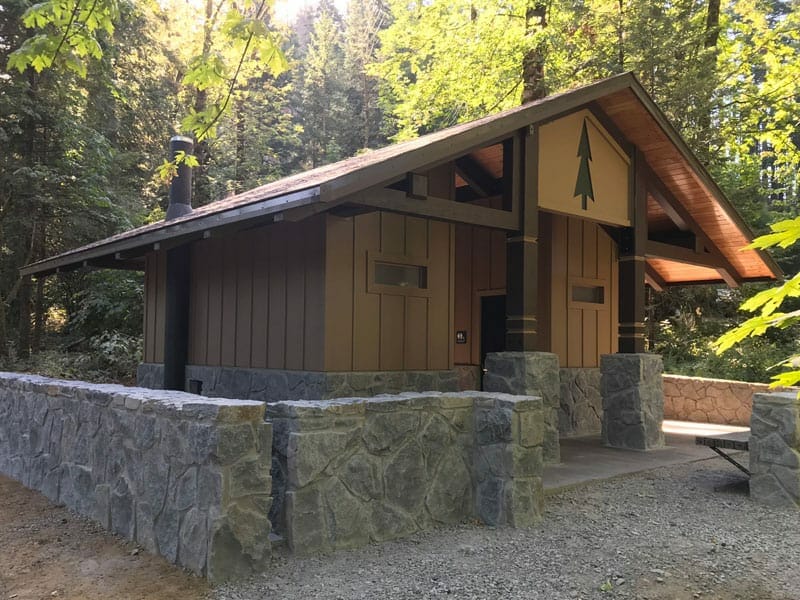
The Historic Eagle Creek Campground
Situated in the Columbia River Gorge, Eagle Creek campground was first completed in 1916, and the area drew record number of people in the 1920s. Publicly owned lands were still a relatively new concept at that time, so the popularity of this site was a good sign for land managers. In the 1930s, much of the Eagle Creek Campground was rebuilt, and it was at this time that “Big John” was completed. The campground was rededicated in 2016 for its centennial anniversary, and at this time, an aging waterless restroom that was built in the 1970s needed replaced.
Replacing an Aged Restroom Facility
Eagle Creek is managed by the USDA National Forest Service, which has overseen the park’s development throughout its history. The waterless restroom that was built in the 1970s was a good facility, but it did not include the iconic style and distinction of the original “Big John” restroom. The Forest Service wanted its new waterless restroom to match the prominence of its historic facility at the campground. In order to do that, they chose work with Romtec on this project because of our expertise with matching existing buildings. Romtec successfully completes many special projects across the United States, but to make these project possible, there first needs to be a dedicated client.
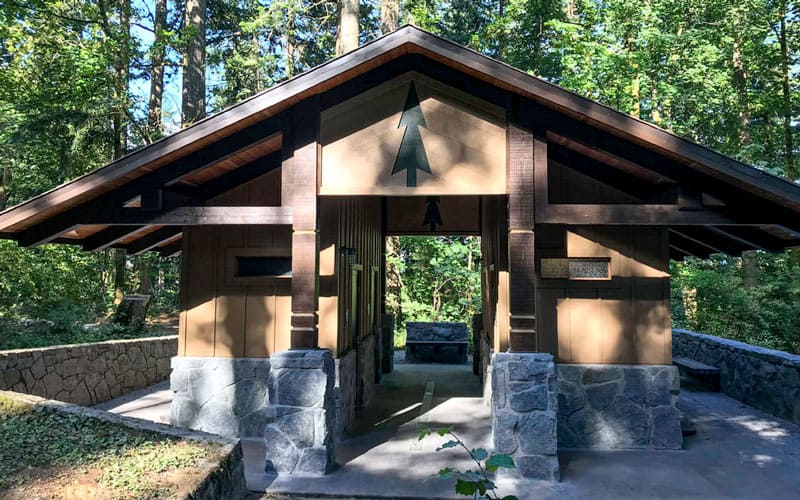
The Forest Service’s Role in Great Public Facilities
The Forest Service has completed thousands of projects throughout its history. You have probably been to one of its iconic lodges or National Monuments and have seen firsthand some of its high quality facilities. Many of the Forest Service buildings have a style that is emblematic of a specific feeling that is unique to the Forest Service. The “Big John” restroom building is one of the first buildings in the United States to help establish the Forest Service and its architectural style. Throughout the ebb and flow of changing economics, politics, and public interests the Forest Service has had to adjust its needs throughout the years, but whenever it is possible, you can still see the Forest Service successfully developing great public facilities for American use.
The new Eagle Creek Campground restroom is a terrific example of the ongoing Forest Service commitment to great facilities. In order to capture the historical significance of this site, the Forest Service wanted its new restroom to match the existing “Big John” restroom as close as possible. The exterior design features include a tapered stone wainscot, board & batten siding, decorative timber columns, shake roof with modern shakes materials, and a signature tree design over the entryway. Additionally, the Forest Service wanted to preserve an existing stone retaining wall during the building installation, so Romtec provided this building as a turnkey project in order to fulfill the Forest Service needs.
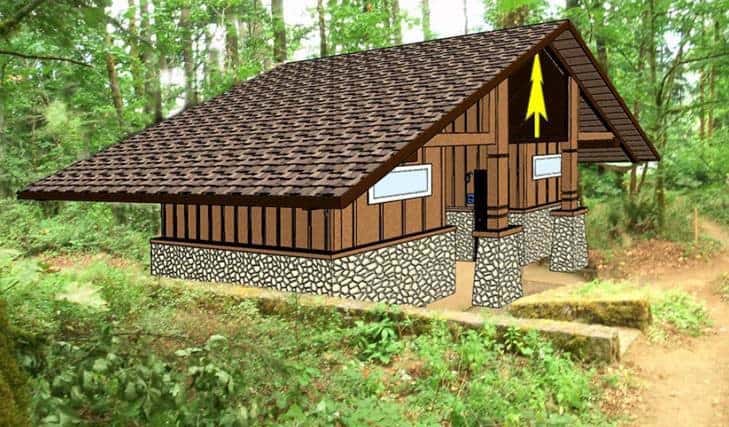
Helping Provide High-Quality Facilities to the Public
Eagle Creek Campground has a rich national history and plays a significant role in the recreational opportunities in the Northwest. This campground operates as a hub of activity with 17 campsites, picnicking, fish hatcheries, hiking, fishing, boating, and many other recreation opportunities. This new restroom replaces an aged facility and matches the special nature of this area to provide park guests with excellent facilities. Romtec helps public agencies across the United States develop the best buildings for their needs. Working with organizations like the USDA National Forest Service is exciting to be able to provide high-quality and high-value projects to the public.

